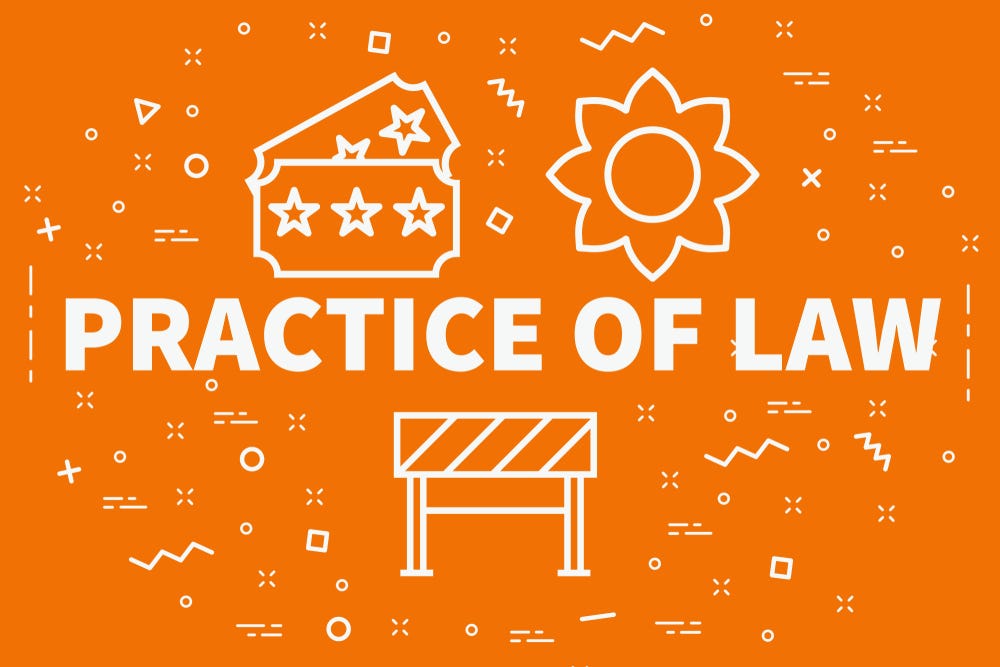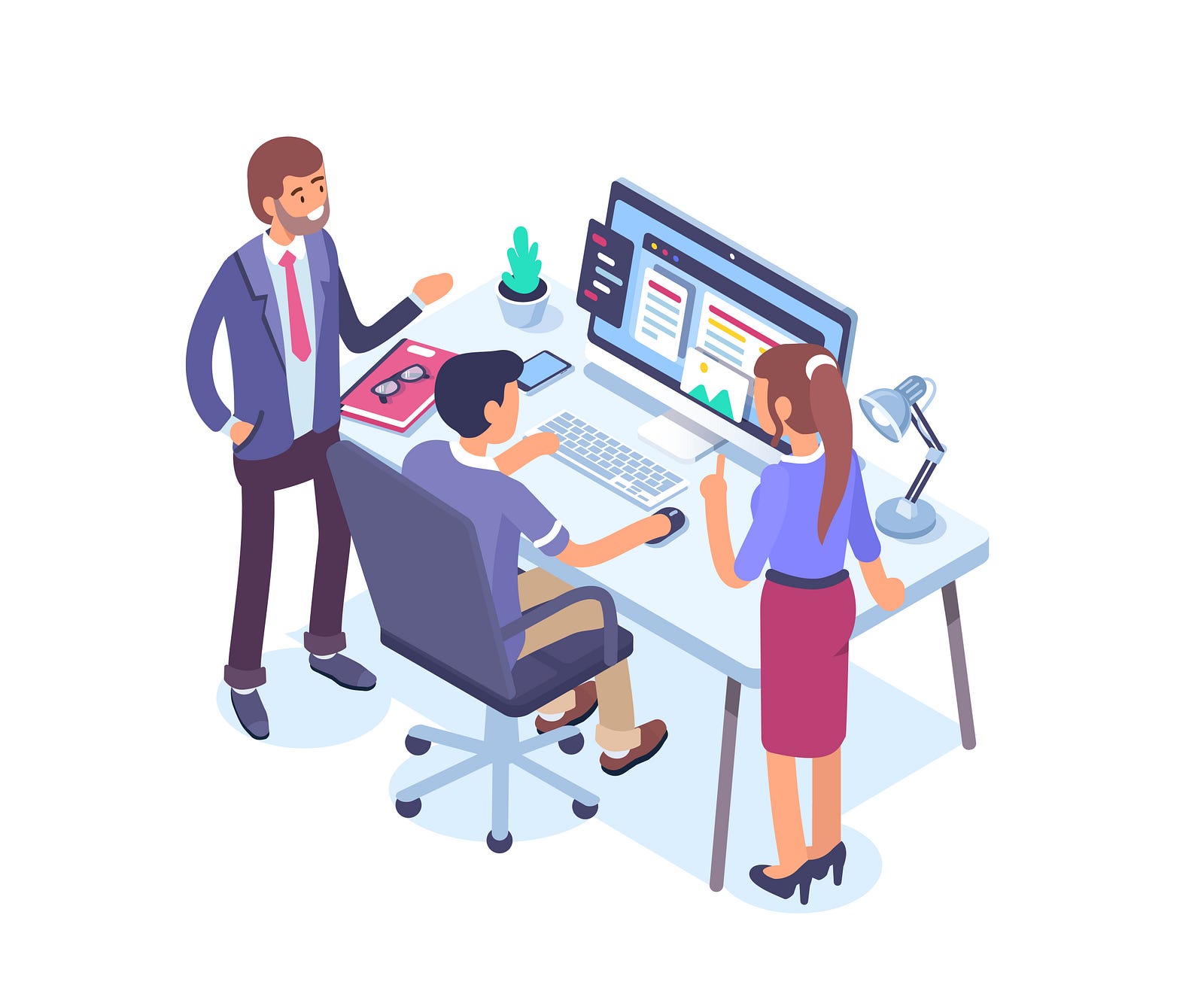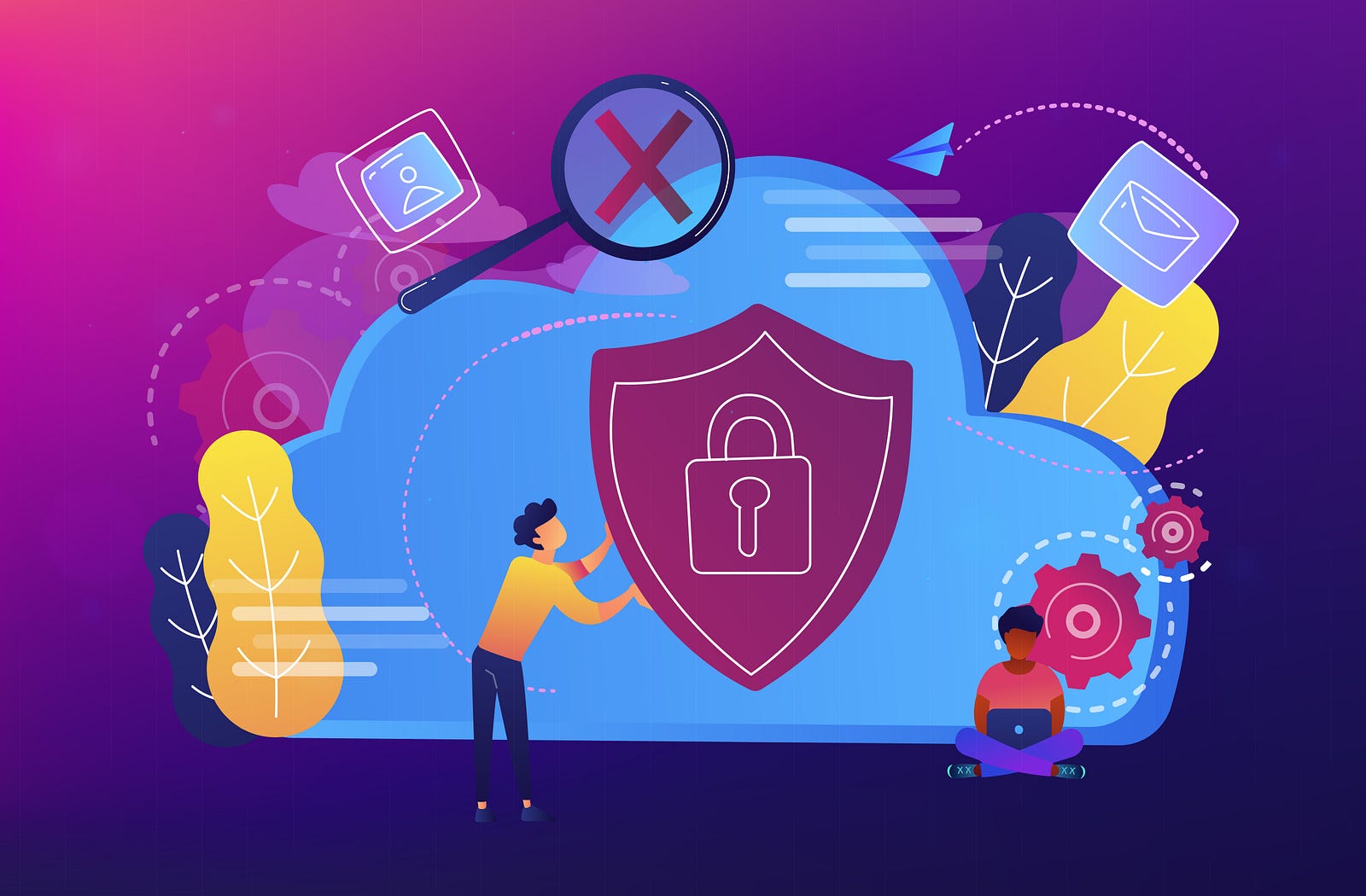By Ian C. Schick, PhD, JD, CEO & Co-founder of Specifio (first posted on blog.specif.io)

A recent blog article by European patent powerhouse, Kilburn & Strode, described a state of transition in the patent industry in the context of three eras: IP Practice 1.0, IP Practice 2.0, and IP Practice 3.0. IP Practice 1.0 was largely paper-based with the predominant technologies including word processing and facsimile. The hallmark of IP Practice 2.0 has been the digitization of patent files and prior art documents, which has enabled electronic filing and searching, as well as newer technologies like machine translation. Now, according to K&S, “we are embarking on the era of IP Practice 3.0, which offers greater automation, more use of AI applications …, and the customisation of other technologies” to “increase efficiency, simplify tasks and offer greater value to clients.”
We are seeing more and more manifestations of the transition to this new epoch, from the emergence of new business models for patent practices to the explosion of new technologies specifically designed to augment and amplify practitioners and other patent professionals. This article begins with a look at some of the immediate challenges facing IP practices, particularly in patent preparation and prosecution, in the new era as efficiency transformation—through leveraging technology and restructuring operations—becomes mainstream and mandatory to remain competitive. Next, a new framework is proposed for contemplating and structuring patent practices in a way that specifically addresses many of today’s challenges.
Immediate Challenges for IP Practice 3.0
Modern patent practices face several pressing challenges which are in large part the impetus for evolving beyond IP Practice 2.0. The first challenge is simply the economics of practice. Take patent preparation, for example. Despite more demand than ever on practitioners, intensifying fee pressure combined with a drive to fixed fee and other hourly-billing alternatives has resulted in a decade-plus industry trend of decreasing fees for preparing patent applications.
Complicating the economics even further is a pronounced inversion of available leverage among the patent bar, i.e., the associate model has largely collapsed in present day patent practices. Indeed, the last 10 years have seen a drastic falloff of early-career practitioners. The histogram in Figure 1 below bins active practitioners based on their years of practice.
Figure 1. Currently active USPTO registered practitioners binned based on years of practice.
Readily apparent in the histogram above is the glut of mid- to late-career practitioners with 10-20 years of practice and the surprisingly low relative numbers of practitioners with less than 10 years experience. As the average practitioner is becoming more senior, it logically follows that the industry average billing rate is also rising—amplifying the effects of declining fees for patent preparation. Fee pressure means time pressure for practitioners; and time pressure means a focus on efficiency and quality assurance is more important than ever.
The growing essentiality of optimizing practice efficiency without compromising quality has brought about a recent boom in available “PatentTech” offerings for practitioners and other patent professionals. That in itself, however, has created other challenges for transitioning practices, specifically around procurement and adoption of these new technologies. For example, today’s modern tool offerings for patent practices are highly fragmented often with extremely narrow solutions. This means discovering and vetting available tech can be a cumbersome chore and achieving comprehensive, or even broad coverage across the patent pipeline may likely require engaging a dozen or more vendors. Too many vendor offerings also makes garnering stakeholder buy-in more difficult, particularly at law firms with many partners.
A Proposed Practice Framework for IP Practice 3.0
Traditionally, legal practice structures are chiefly based on seniority, e.g., partners, associates, agents, paralegals, secretaries, and so on. As technology and efficiency play increasing roles in addressing the challenges discussed above, however, the focus for defining patent practice structure needs to shift to a more modern approach centered on business function. Figure 2 provides a visualization of a proposed structure for 3.0 patent practices—a trifurcated framework comprising a Services Layer, a Production Layer, and a Counseling Layer as separate but interdependent business units. The practice functions were grouped in this way specifically because the activities associated with each layer are conducive to very different approaches for optimization.
Figure 2. A proposed framework for patent practices in the era of IP Practice 3.0.
Several leading patent practices are already incorporating versions of this philosophy in their organizations. The different layers have distinctly different functions, requiring different skill sets and different personnel. While many patent professional roles will change to varying degrees, the proposed framework provides a more efficient alignment of human resources with practice aims and goals.
Services Layer
In the new era of IP practice, everything that can be automated should be automated. That includes all activities traditionally performed by humans which are mechanical and repeatable and do not involve significant creativity or judgment. In addition to automation, insights from data analytics should be leveraged for most, if not all decisions. For the purposes of this discussion, these automatable or data-driven tasks and workflows are described as “services” in IP Practice 3.0 model. The associated technologies form the bedrock of the practice structure as the Services Layer.
While the Services Layer is primarily tech-based, some personnel are needed for procurement, implementation, and ongoing operation. To address the issue of adoption, practices may be wise to appoint specific practitioners or other individuals to train on and operate the various technologies in the Services Layer instead of pushing loads of new technology on the entire practice.
Automatable activities can be grouped based on whether they are traditionally performed by registered practitioners or by non-practitioners, such patent secretaries, paralegals, docketers, and other patent professionals. Many non-practitioner activities are excellent candidates for automation including meeting scheduling, preparing filing forms, filing documents with the Patent Office, client reporting, docketing, invoicing, information disclosure statement (IDS) management, shell generation, proofreading, and more.
While the availability of code-free robotic process automation (RPA) tools makes many automations easy enough for non-technical individuals to set up, some technical skills are likely needed to string together all the various systems and workflows of a busy practice. As for patent professionals whose traditional roles are displaced by automation, they will still be in demand. For some, their knowledge and expertise will be indispensable in assisting with the design and implementation of patent practice automation systems. Many, however, will find new roles within IP Practice 3.0, primarily in the Production Layer, described further below.
When it comes to activities traditionally performed by registered practitioners, technology in IP Practice 3.0 plays a supportive role, rather than a supplantive one. Data analytics support practitioners as they perform analysis and formulate advice. Automation comes into play during the preparation of substantive patent documents including patent applications, office action responses, briefs, etc. In sum, technology should augment practitioners’ tasks with intelligence and should remove as much rote and mundane work from practitioners’ plates as possible.
Production Layer
The Production Layer is responsible for generating high-volume substantive patent documents, under the direction and oversight of the Counseling Layer. The Production Layer leverages supportive technologies from the Services Layer to help a diverse team of patent professionals generate most of the practices’ work product. Segregating the production function allows IP Practice 3.0 to fully realize the benefits of lean production principles. According to lean production thinking, processes should be viewed as a series of separate but interlinked subprocesses. Each subprocess is then delegated to the most efficient resource.
In IP Practice 3.0, registered practitioners operating in the Production Layer should be used to draft substantive input for the documents being generated, but that is about it. Most other subprocesses in document assembly can be automated or delegated to other patent technicians (e.g., former patent paralegals and secretaries). This reduces overprocessing—using an expensive resource for a task when another resource could complete the task just as well—a key tenet of lean production.
To illustrate a lean process, consider patent application preparation. A registered practitioner may be used to draft only certain components of the application like the background section, the problem/solution statement, a primary claim set, and descriptions of drawings illustrating example invention embodiments. Based on the primary claim set as input, natural language generation (NLG) can be used to create content for substantial portions of the patent application. Taking what the practitioner drafted along with the auto-generated content, a patent technician can then assemble a close-to-final draft of the patent application for review and finalization by the Counseling Layer.
Like any production environment, work product consistency in IP practices is crucial for maintaining customer/client expectations and maximizing production efficiency. Strict process and document parameters set by the practice (and not by individual practitioners) can ensure consistency while avoiding overproduction—generating more work product than is needed to meet a client’s needs—another key tenet of lean production. Certain supportive technologies, like automated proofreading and checklists, can minimize defects and streamline quality assurance.
Counseling Layer
The specific functions associated with the Counseling Layer are functions that more or less remain the same in IP Practice 3.0 as they were in traditional law firm and in-house practices. They include most common practitioner activities—except for generating high-volume substantive patent documents (which is handled by the Production Layer). Accordingly, the Counseling Layer is comprised mostly of practitioners but also some number of administrative and support roles.
An obvious first category of functions covered by the Counseling Layer broadly includes activities requiring direct client interactions. Some examples include client relations, counseling sessions, invention disclosure meetings, conveying advice and work product, etc. Here, practitioners are the “face” of the practice.
A second functional category handled by the Counseling Layer is high-end legal services like portfolio strategy and management, patentability and infringement analyses and opinions, IP due diligence, and so on. These things are often too low-volume and too bespoke to gain much leverage through automation or delegation. That is, high-end legal services are high-end precisely because they involve original analysis on novel fact sets and cannot be mass produced.
Finally, the Counseling Layer is responsible for directing and overseeing work product generation by the Production Layer. This includes providing document instructions to the Production Layer as well as performing pre-filing review and finalization of all substantive patent documents generated by the Production Layer.
Conclusions
IP Practice 3.0 is the new reality. Shifting practices to a functional organizational structure aligns human resources such that talent is specifically focused only where it is needed. Leverage can then be efficiently maximized through automation and delegation. This helps address the surplus of mid- to late-career practitioners and the dearth of early-career practitioners while coping with technology-driven attrition of other patent professionals.
By separating document production from counseling and basic services, lean production can be used to optimize the value of a practice’s work product. The result is prices and quality that satisfy the market without destroying practice cost models. In addition, limiting the use of new technologies to a select group of professionals, instead of the entire practice, can help address issues around adoption.
Finally, new business models are already emerging in the era of IP Practice 3.0 focusing on specific layers or parts of layers in the proposed practice framework. These new business models include examples in law firms and in-house patent departments. They also include companies selling into the patent industry with outsourced technology and talent. The benefits of economies of scale are obvious for services but also for production. By outsourcing some or all of the Services and Production Layers, it’s foreseeable that relatively small practices serving as the Counseling Layer will be able to move huge amounts of patent work.
DISCLAIMER: The views and opinions expressed in this article are those of the author and (1) are not provided in the course of and do not create or constitute an attorney-client relationship, (2) are not intended as a solicitation, (3) are not intended to convey or constitute legal advice, and (4) are not a substitute for obtaining legal advice from a qualified attorney. You should not act upon any such information without first seeking qualified professional counsel on your specific matter. The hiring of an attorney is an important decision that should not be based solely upon Web site communications or advertisements.





